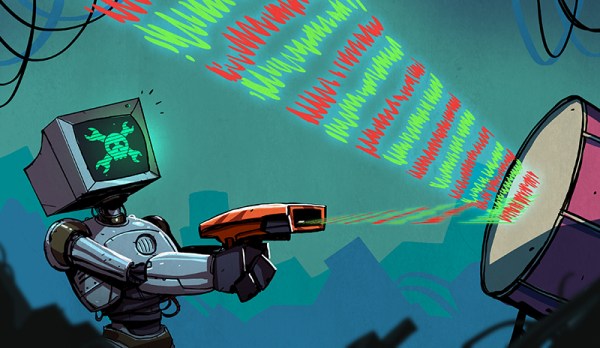The biggest problems with pharmaceuticals isn’t patents, industry reps, or the fact that advertisement to consumers is allowed; this only happens in the United States. No, the biggest problem with pills and medications is compliance, or making sure the people who are prescribed medication take their medication. For his Hackaday Prize entry, [Joe] is working on a solution. It’s a smart desktop medicine organizer, and you can think of it as a pill box with smarts.
The list of features of [Joe]’s organizer include automatic pill organization – each prescription is accessed independently of all the others. When it’s time to take a pill, the smart medication dispenser plops out a pill. You can check out the demo video [Joe] put together using M&M candies.
There are a few more features for the Smart Desktop Medicine Organizer, including connecting to pharmacy APIs to order refills, checking for drug interactions, and setting timers (or not) for different medications; meds that should be taken every day will be dispensed every day, but drugs taken as needed up to a maximum limit will be dispensed as needed.
It’s a very cool project, and you can check out [Joe]’s video for the project below.
Continue reading “Hackaday Prize Semifinalist: Smart Medication Dispenser”

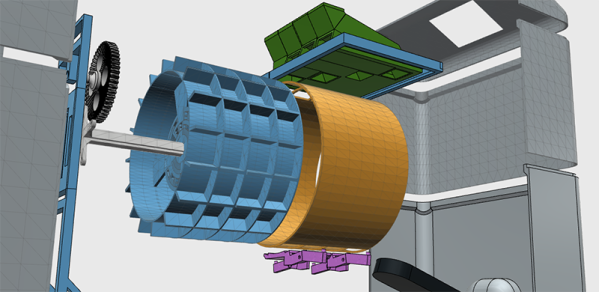






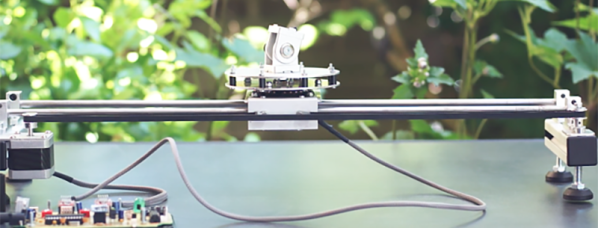
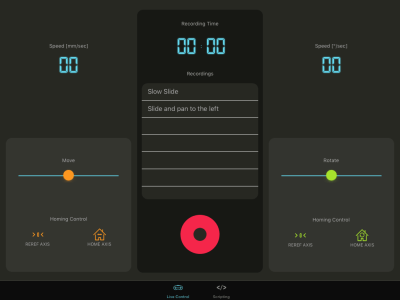 The camera slider is a two-axis ordeal, with one axis sliding the camera along two solid rails, and the other panning the camera. The circuit board was milled by the guys and includes an ATMega328 controlling two Pololu stepper drivers. An ESP8266 is thrown into the mix, and is easily implemented on the device; it’s just an MAX232 chip listening to the Tx and Rx lines of the WiFi module and translating that to something the ATMega can understand.
The camera slider is a two-axis ordeal, with one axis sliding the camera along two solid rails, and the other panning the camera. The circuit board was milled by the guys and includes an ATMega328 controlling two Pololu stepper drivers. An ESP8266 is thrown into the mix, and is easily implemented on the device; it’s just an MAX232 chip listening to the Tx and Rx lines of the WiFi module and translating that to something the ATMega can understand.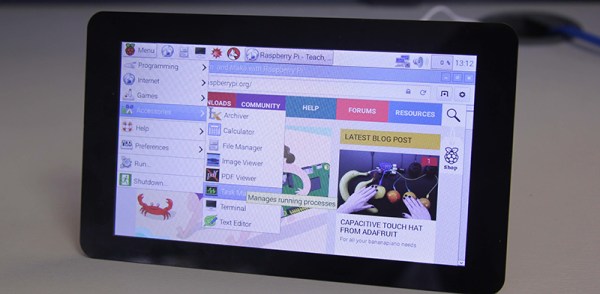
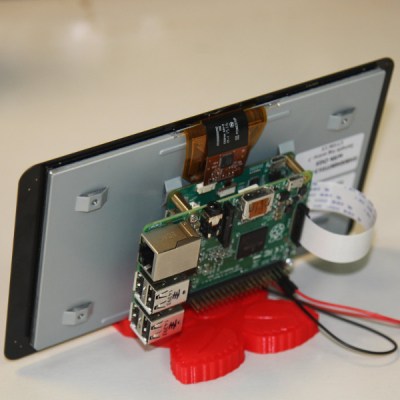 The new display could have used the DSI (Display Serial Interface) adapter, or the small connector on the Pi that is not the camera connector. DSI displays are purpose-built for specific devices, though, and aren’t something that would or should be used in a device that will be manufactured for years to come. The best solution, and the design the Raspberry Pi foundation chose to go with, is a DPI display and an adapter that converts the Pi’s DSI output to something the display can understand.
The new display could have used the DSI (Display Serial Interface) adapter, or the small connector on the Pi that is not the camera connector. DSI displays are purpose-built for specific devices, though, and aren’t something that would or should be used in a device that will be manufactured for years to come. The best solution, and the design the Raspberry Pi foundation chose to go with, is a DPI display and an adapter that converts the Pi’s DSI output to something the display can understand.